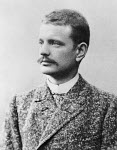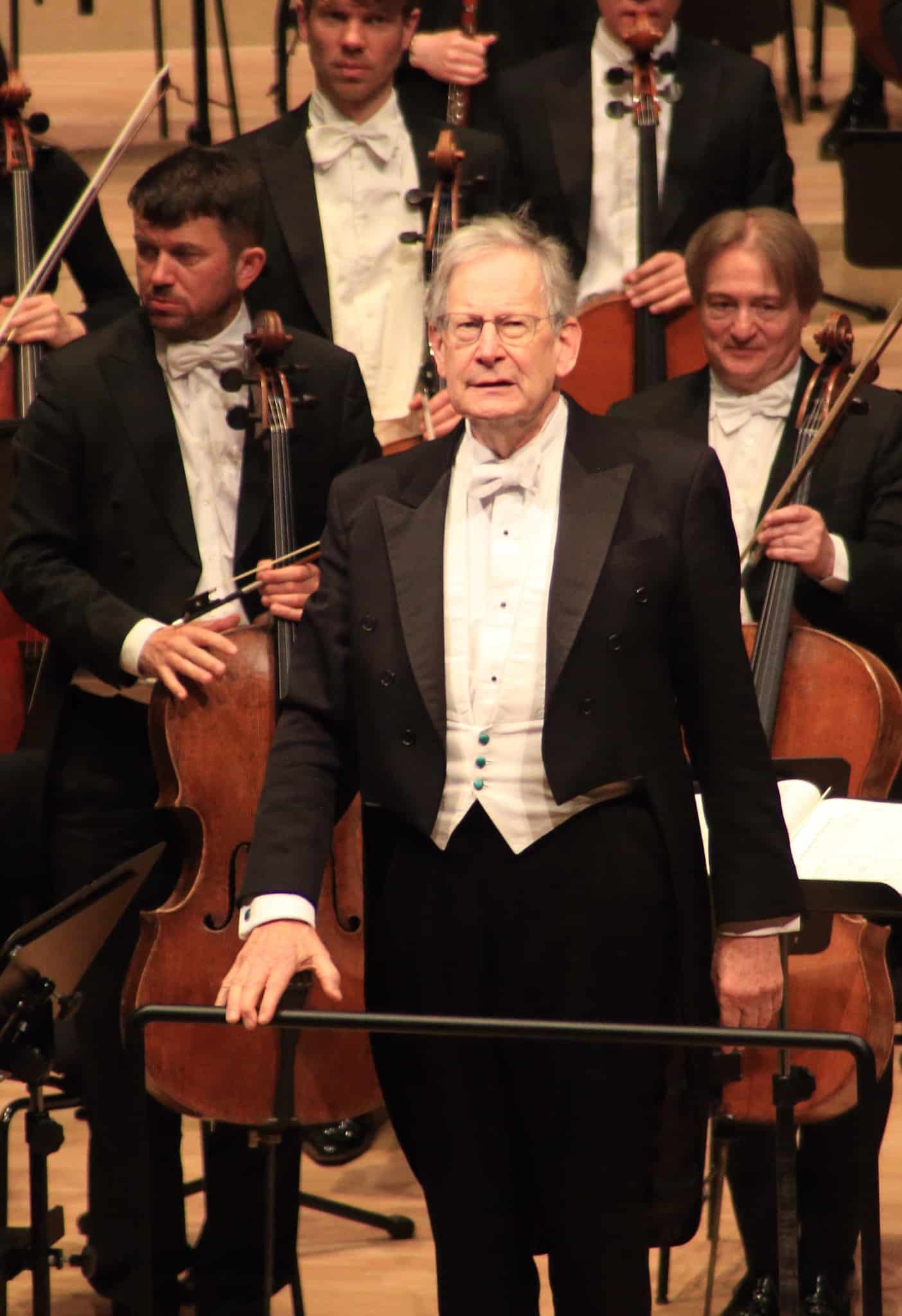Unknown Sibelius scores found on a sheep farm
mainNo edition in music is ever complete.
This Saturday in Helsinki, the YL Male Choir will premiere two pieces by Sibelius. The scores have been found on a sheep farm belonging to a family called Rautavaara.
Apparently they were given by Sibelius to one of the authors of Finland’s declaration of independence. One score is the original, longer version of “Terve Kuu!”, written in 1901. The other is “Suomenmaa” (1898) a melody re-used by Sibelius in Op. 28. Nobody seems to have known of their existence.
Report here (in Finnish).

h/t: Joel Valkila





I presume there’s a relation there to the composer Einojuhani Rautavaara? He is one of my favorite composers of the modern era.
Oh. And here I was hoping for the Eighth Symphony.
It’s on the bookcase in our living room next to my wife’s dog books. Rather a disappointment, I’m afraid.
There existed sketches for a nr 8, which were not developed into a symphony, but which went into an organ piece for the wedding of a friend of Sibelius. Somewhere there is a recording of this very strange organ piece that sounds as if coming from another planet. I heard it once but don’t know where it can be found.
About Sibelius 8th Symphony, which I personally believe much is hidden in reams of notes which remain to be examined. From what I understand, there are literally hundreds of pages of manuscripts of late sketches by Sibelius that are waiting to be examined.
First, I posted three sketches from Sibelius 8th on You Tube that were reconstructed and played by the Helsinki Philharmonic here. I was the first to post this performance over three years ago. https://youtu.be/HmIGn97BXs8
Second, the organ piece though based on some of the sketches for the 8th is Surusoitto (Funeral Music) for organ, Op. 111b (1931). You can catch a performance of this on You Tube here: https://youtu.be/yKF5kGj04m0
And of course there was the Finnish soprano Aulikki Rautavaara, a stalwart of the early seasons and recordings of Glyndebourne.
And f course there was the Finnish soprano Aulikki Rautavaara, a stalwart of the early Glyndebourne Festivals and recordings.
Looks like BIS will need an addendum…
“…a family called Rautavaara.”
Yeah, so, is “Rautavaara” Finnish for “Smith” or is there a connection? The latter would be a fascinating footnote.
In fact, “rauta” can be translated as “iron” in Finnish. But English “smith” would be Finnish “seppä” or Swedish “smed.”
Albin Ewald Rautavaara, Eino Rautavaara and Wäinö Rautawaara were brothers. Einojuhani Rautavaara is Eino’s son and Aulikki Rautawaara was Wäinö’s daughter.
Therefore Albin Ewald Rautawaara was Einojuhani Rautavaara’s uncle. He was also Aulikki Rautawaara’s uncle, and Aulikki (who died in 1990) was Einojuhani Rautavaara’s cousin.
A.E. Rautavaara was the great-grandfather of the current owner of the manuscript.
And how are they?
Not ba-a-a-a-d, I imagine…
So, were the pieces any good?
Not b-a-a-a-a-d, I imagine…
“Not bad” seems fair enough, as they are early versions of pieces that are already known. In Terve kuu, there are some parts that Sibelius cut out from the final version. According to Vesa Sirén of Helsingin Sanomat, “Generally Sibelius made his compositions more coherent in editing them, but there are riches, too, in the offshoots of the early versions”, to use a rather literal translation of his review. He also reviews the premieres of five contemporary works that were included in the programme.
http://www.hs.fi/kulttuuri/a1428726341959
“Not bad” seems fair enough, as they are early versions of pieces that are already known. In Terve kuu, there are some parts that Sibelius cut out from the final version. According to Vesa Sirén of Helsingin Sanomat, “Generally Sibelius made his compositions more coherent in editing them, but there are riches, too, in the offshoots of the early versions”, to use a rather literal translation of his review. He also reviews the premieres of five contemporary works that were included in the programme.
http://www.hs.fi/kulttuuri/a1428726341959
How refreshing to see his name attached to his music instead of a parasitic software.